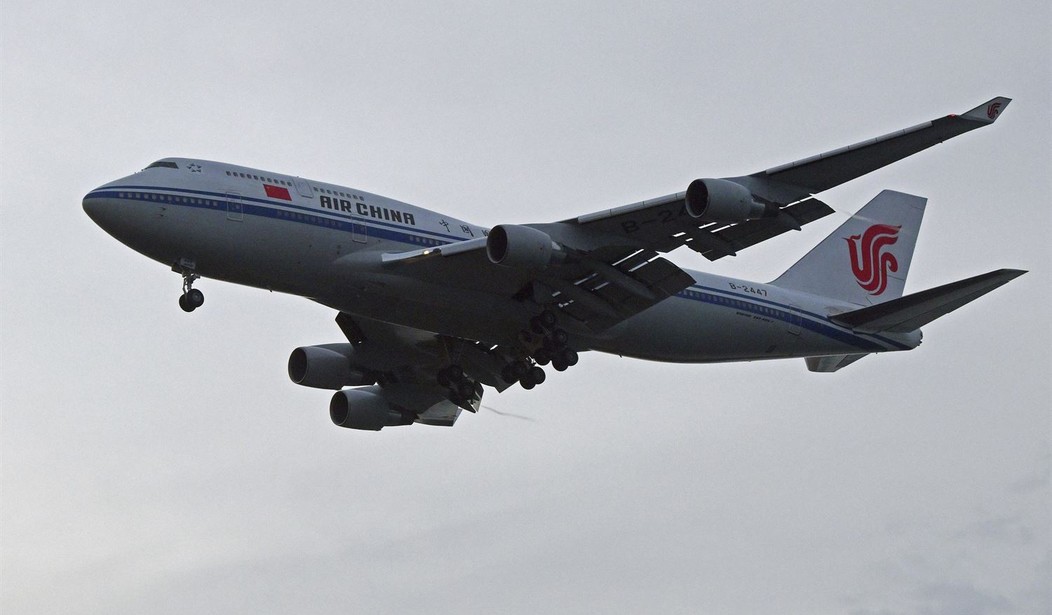This isn’t normally the sort of story we would cover here in any great detail, but a near disaster in Hawaii yesterday has once again raised an interesting, yet frustrating question for scientists. A Hawaiian Airlines flight from Phoenix was approaching its destination in Honolulu when it ran into significant air turbulence. And by “significant,” I mean massive. People were thrown around the cabin violently. 36 people required medical treatment when they landed and twenty of them were hospitalized, with almost a dozen listed as being in serious condition. There was no explanation as to how it happened other than blaming it (as always) on turbulence in the atmosphere. (CNBC)
A flight from Phoenix to Honolulu carrying many people traveling for the holidays encountered severe turbulence shortly before landing, sending some unrestrained people and objects flying about the cabin and seriously injuring 11, officials and passengers said.
In all, 36 people received medical treatment following Sunday’s turbulent Hawaiian Airlines flight for bumps, bruises, cuts and nausea, said Jim Ireland, director of Honolulu Emergency Medical Services. Twenty people were taken to hospitals, including 11 in serious condition.
“We are also very happy, and we feel fortunate that there were not any deaths or other critical injuries. And we’re also very hopeful that all will recover and make a full recovery,” Ireland said.
If you’ve spent any time at all flying, you have almost certainly experienced turbulence. It’s always unsettling, but usually, nobody winds up being flung around the cabin, particularly if you’re wearing your seat belt. We all seem to simply accept that turbulence is something you just run into when flying. But what is it really? How can there be pockets of air up there that are so significantly higher or lower in pressure than the rest of the surrounding atmosphere?
I don’t know about you, but it’s never made sense to me. Air is fluid and higher-pressure areas tend to flow into lower-pressure areas until they equalize. Sure, there are high-pressure fronts and low-pressure fronts, but they tend to blend gradually when they run into each other. If there’s a small pocket of air in your flight path that is somehow under lower pressure than the air around it, wouldn’t more air from the higher-pressure area flow into it and equal everything out?
It turns out it’s a lot more complicated than that. According to this report from Cosmos Magazine, scientists have been trying to figure out how turbulence works for centuries and they still don’t have the answers.
Turbulence has always been too complex to accurately analyse or even measure. Even after centuries of study, physicists have no general theoretical description of it – it’s been described as the last great outstanding problem of classical physics.
According to quantum physicist Warwick Bowen from the University of Queensland, who wrestles with very tiny turbulent systems in his lab in Brisbane, this gaping hole in theory is “kind of crazy”…
“We don’t even know if there are unique solutions to the problem of turbulence at all, or whether it can be solved,” Bowen admits.
So they have quantum physicists working on this problem. They can apparently simulate turbulence way down on the quantum level, but that doesn’t translate neatly to the classical physics level. If you read through the various theories in the article linked above, scientists seem to suspect that whatever causes air pockets in the atmosphere begins on a very small, perhaps microscopic scale, but then expands outward until you have an air pocket big enough to cause a 747 to suddenly lurch downward in midflight. And then the disturbance will disappear as suddenly as it appeared.
Everybody loves a mystery, right? And this is a big one in the scientific world. But it also makes me even less likely to book a commercial flight anywhere if I can possibly avoid it.








Join the conversation as a VIP Member